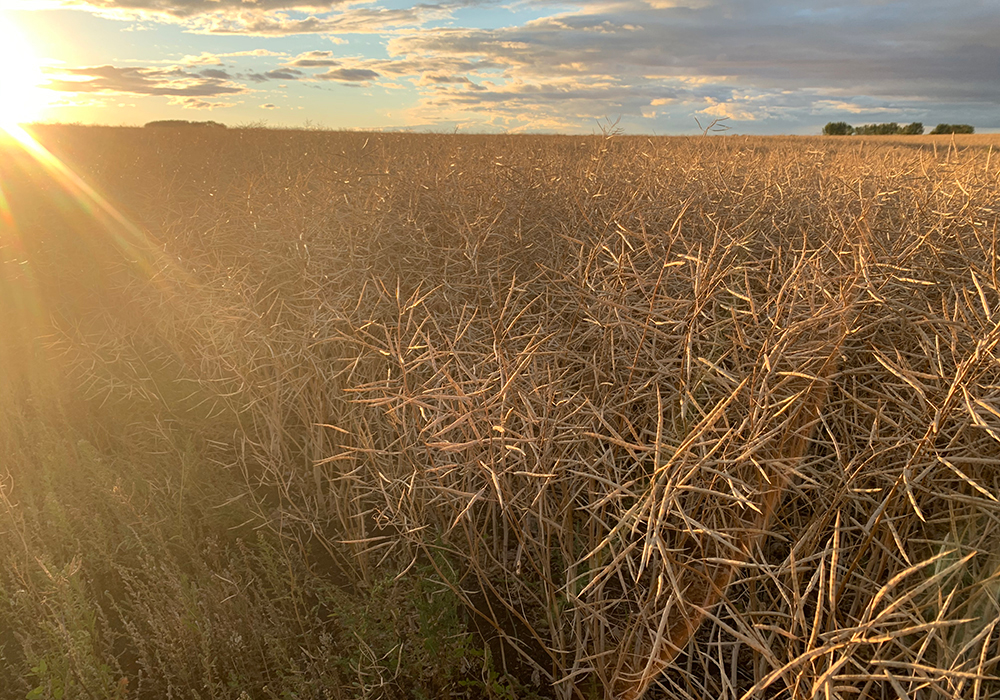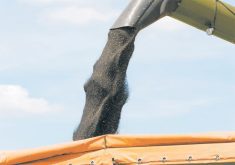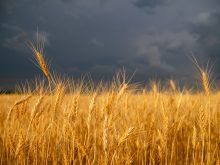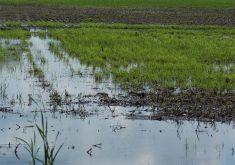Over the next couple months, the market analysis group of Agriculture Canada will make price predictions for the 2022 crop. These predictions will provide information to provincial crop insurance programs for setting their prices for the coming year.
Predicting prices months before the crop is even planted is a dicey business. If you look at the prices used for the 2021 crop insurance programs, they aren’t even in the same ballpark as what we’re seeing in the marketplace.
In fact, in many cases, crop insurance prices are less than half of current values. Agriculture Canada’s market analysis group is not noted for being plugged into what’s actually happening on farms. Its supply and demand forecasts this summer were very late to recognize the impending drought and corresponding drop in Canadian production.
Read Also

Worrisome drop in grain prices
Prices had been softening for most of the previous month, but heading into the Labour Day long weekend, the price drops were startling.
However, the prices it came out with for 2021 were mostly reasonable at the time. When predicting prices that far in advance, in addition to supply and demand tables, you need to look at futures prices where applicable as well as any forward contracts offered to producers.
Setting 2022 prices is going to be an interesting exercise. Many crop prices are as high or higher than they’ve ever been, but what will happen in 2022?
Some early new crop production contracts have been offered. Yellow peas have had some action around $12 a bushel, mustard has been offered at more than 50 cents a pound and a canaryseed bid of 35 cents a lb. is in the marketplace.
Those are very high for new crop contract prices, but they are far less than what the market is currently trading. The same can be expected for 2022 crop insurance prices.
Higher prices will enhance crop insurance for the coming year. If producers’ canola yield guarantee is 30 bu. an acre, Saskatchewan’s $12.02 per bu. crop insurance price for 2021 gave them coverage of slightly more than $360 an acre.
If, for example, the 2022 crop insurance price is $15 a bu., that would be coverage of $450 an acre. It should also be noted that higher coverage per acre will mean a higher premium per acre.
As well, remember that crop insurance is production insurance and not revenue insurance. Producers could conceivably grow a 30 bu. per acre crop and have the market price drop to $10 a bushel for revenue of $300 an acre with no crop insurance payout.
What can be done to make sure crop insurance prices are more representative of actual market prices? Alberta and Saskatchewan have pricing options for that and it would have been a good year to use those options.
Alberta has an option called the variable price benefit that takes October prices into account. It should increase price coverage for participating producers.
Saskatchewan has a contract price option for a number of crops whereby a producer’s contract price is taken into account for setting the crop insurance value. It works well and should be expanded to more crops.
Saskatchewan also has an in-season price option. For 2021, the in-season crop insurance price will be set in February 2022 and will no doubt be far higher than the base price. However, the option carries a somewhat higher premium and prices can go up or down depending on the market.
With conditions remaining very dry in many areas, it’s more important than ever to understand the nuances of crop insurance.
Kevin Hursh is an agricultural journalist, consultant and farmer. He can be reached by e-mail at kevin@hursh.ca.
















